London and I have been playing a lot of wargames lately. First we had a big run of BattleTech games, starting a little over a month ago. For one of our battles, we didn’t have appropriate minis, so we built tiny Lego models of a couple of mechs. And that re-fired our interest in Mobile Frame Zero, a Lego-based miniatures wargame.
We had first learned of Mobile Frame Zero back in 2014 when we were on a Lego mecha kick. We both built and equipped a squad – that’s mine in the photo above, built exclusively out of parts available at the time on the local Lego store’s pick-a-brick-wall – but by the time we were done building, our interests had shifted. That Christmas we picked up the D&D intro box set, and by January we were rolling with the Dinosaur Island campaign. We didn’t come back to wargames for a while, and when we did, it was to play BattleTech.
Last week we went on a tear building frames. We had a lot of fun and solved a lot of problems, but we realized that our frames were way too big for our limited table space (an example is shown above). So we knocked out some very basic, tiny frames and played a quick test game to see how the system worked. Here’s one of my goofy little soldiers, equipped with four basic systems and a single-shot rocket:
The game was a blast. It moves fast, and as terrain and frames take damage, you snap parts off and leave them on the battlefield as wreckage. It combines a bunch of our favorite things: mecha, wargames, violence, destruction, and Lego.
We spent the last few evenings building slightly larger, prettier frames for an 8-frame battle, which we set up on the living room floor this afternoon. Shown above are my soldier frames, based on Peter Reid’s space turtle design. The space turtle was one of my favorite bits from the Exo-Suit set, and they’re ridiculously easy to build and equip. Right now our local Lego store has the black radar dishes on the pick-a-brick wall, and almost all the other parts came out of the Friends flower polybag that is on store shelves right now, so the necessary pieces are readily available. The grille plates mounted on the left side of each turtle represent ECM arrays for defense. Gray circle plates on top are radars (for spotting), black cone rocket nozzles just visible on the underside of a couple of the turtles are jump jets, and the direct-fire weapons systems are obvious.
Here are my artillery specialists: another space turtle at left, and then lightly modified versions of two other polybag sets, the Star Wars AT-M6 and the Ninjago ice tank. Our local Target stores still have plenty of ice tank sets in the checkout lanes, but AT-M6 sets are getting scarce, at least around here. The tactical turtle and ice tank are both equipped with ECM, double spotting systems, artillery cannons, and single-shot rockets for close-in attacks. The AT-M6 drops the single-shot rocket and trades one of the spotting systems for a direct-fire cannon.
Here’s my favorite of London’s frames. He calls it “Turtle Supremo”. I call it “chain gun turtle”. It uses one of the tracks from another Ninjago ice tank as an ammo belt, plus two shields for double defense, and a radar mast for spotting.
Here’s London setting up for our big game. At this point we had placed all of our terrain pieces, but no stations or frames. Our game board is two sheets of posterboard from the dollar store, held together on the bottom with masking tape.
Here’s my cryo tank in cover at the back edge of the map. My AT-M6 lurks in the background.
Here’s a shot from the end of the first turn. London got first attack and he used it very well, blasting most of the systems off of two of my frames, and completely annihilating Orange Turtle. In this photo, his Quadrant Guardian and Turtle Supremo sit unscathed behind terrain features that absorbed the damage from my artillery barrage, while the remains of Orange Turtle litter the battlefield. In return, I damaged but failed to destroy exactly one of his frames. So it’s not looking great for me.
At this point I usually write something like, “I’ll keep you posted!” and then I never actually do. So I’m not going to do that this time. UPDATE: Oh wait, I did! I’ll just say that Mobile Frame Zero is a very cool, very fun game. Some of the rules were a little counterintuitive to us, but that might have been because we were coming to this game from a deep familiarity with hex-based wargames, which this decidedly is not. In any case, we haven’t had any questions that weren’t resolved by a careful reading of the rulebook – we haven’t been forced to house-rule anything – and that’s more than I can say for most games.
If you’re interested in Mobile Frame Zero, there is a large and active fan community. You can get the game here, in PDF or print-on-demand. You may also want to check out the Mobile Frame Hangar forums and the excellent and prolific Mobile Frame Garage blog. And if you care enough to have made it all the way through this post, I defy you to do an image search for Mobile Frame Zero and not have your jaw drop at least a little bit at the range of frame designs out there. The image above is from the MoF0 wiki (of course there’s a wiki), here. Go have fun.

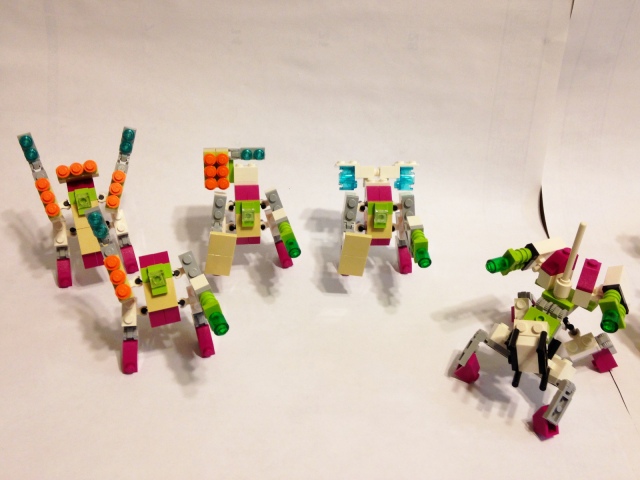
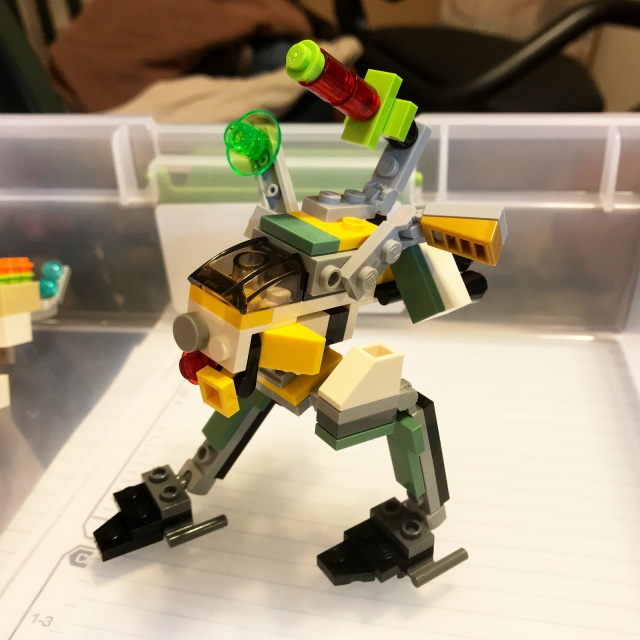
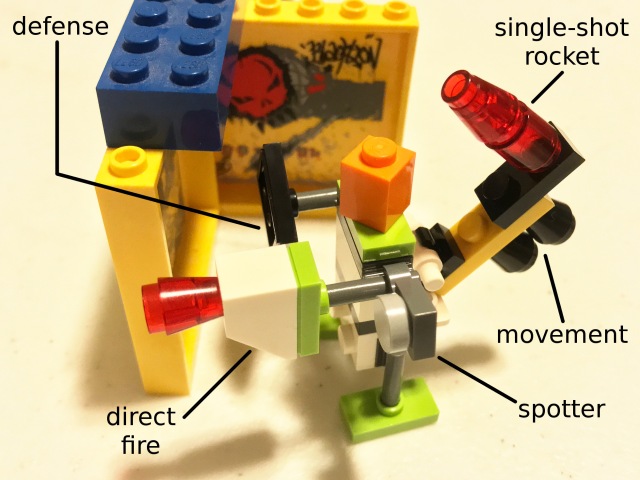

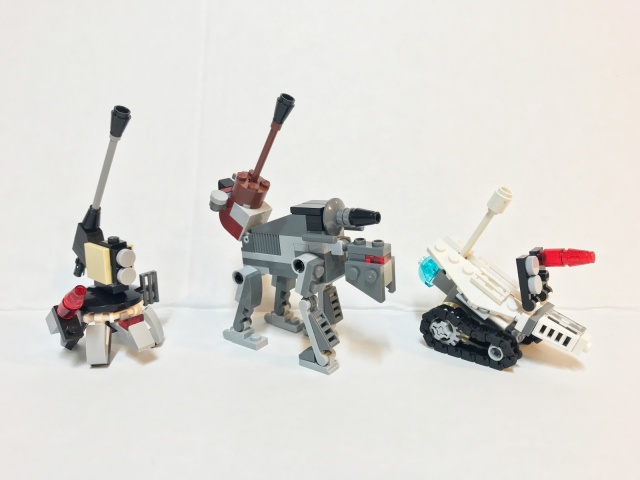
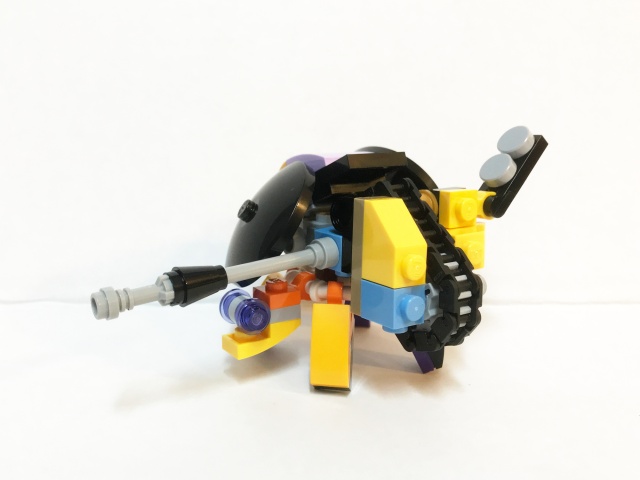
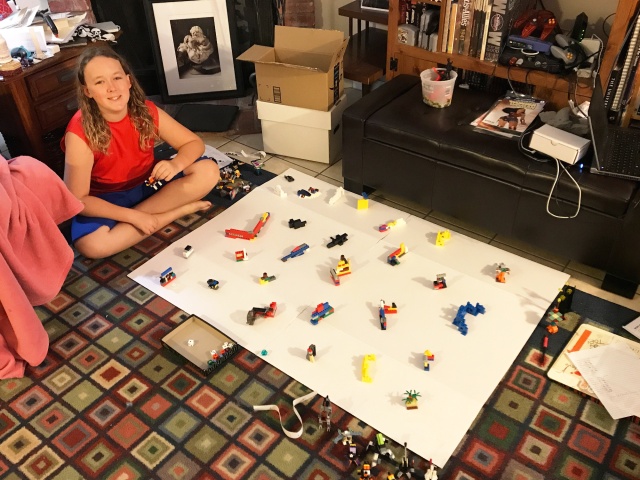
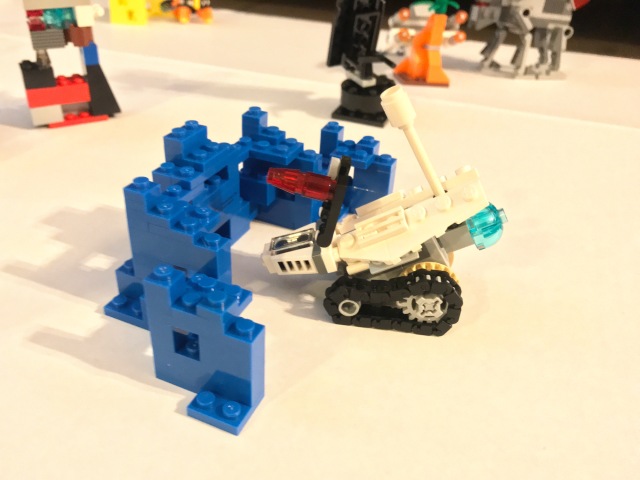
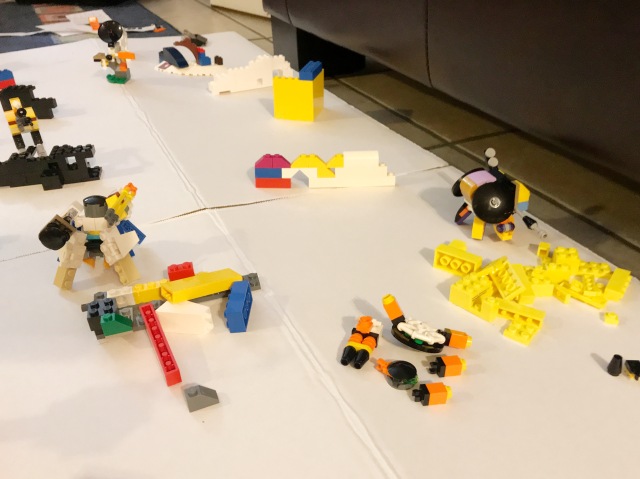
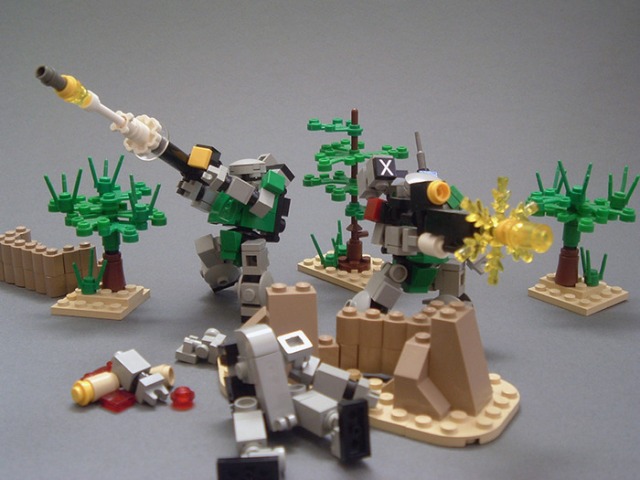
Pingback: Record sheets for Mobile Frame Zero, and a post-play report | Echo Station 5-7
Pingback: Space Turtle, Space Turtle, SPACE TURTLE!! | Echo Station 5-7